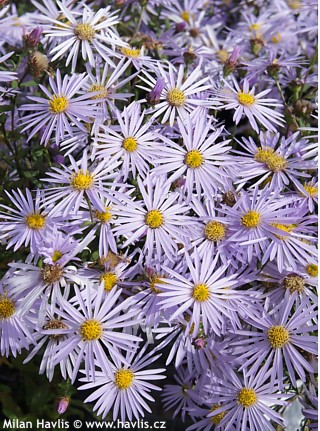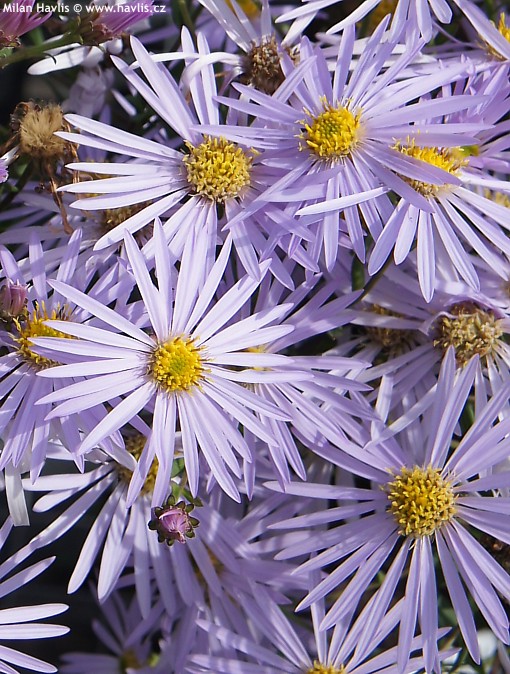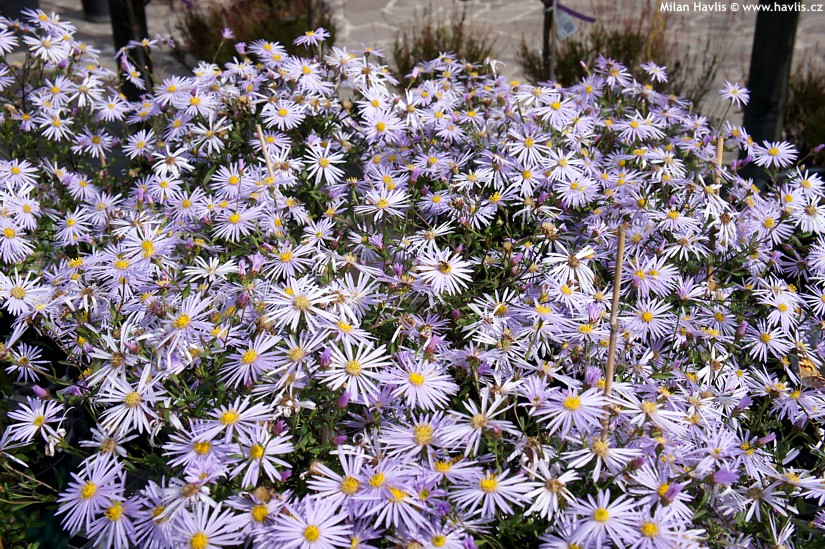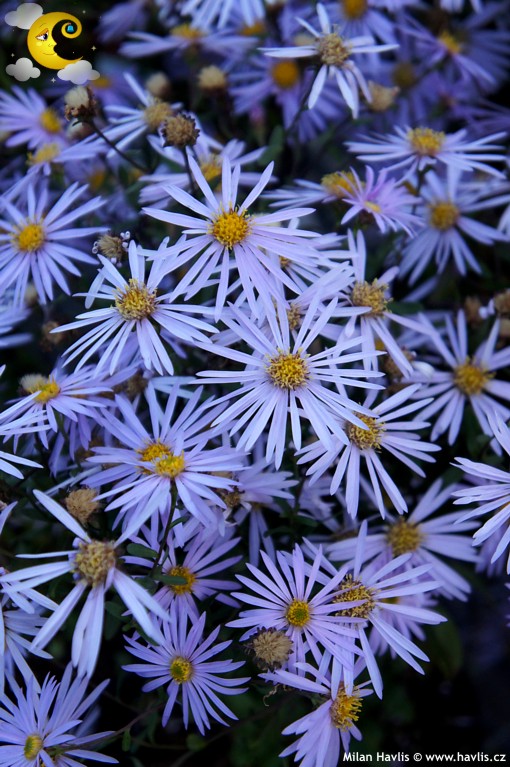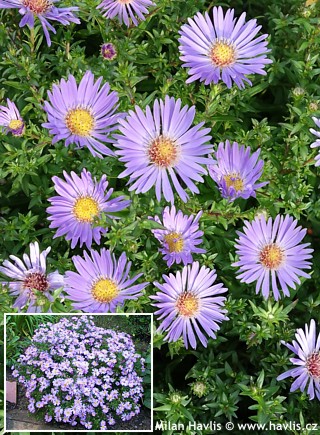Aster pyrenaeus 'LUTETIA' autumn aster, Pyrenees aster
Aster
Autumn aster is an old time favourite in Czech and Slovak gardens. These plants are carefree and flower over a long period. Pyrenees aster comes from scattered locations of lower France and midland Spain.
Lutetia is a lovely Pyrenees aster with large, star-shaped, light lavender violet flowers which turn richer in colour as the autumn days turn colder. It usually begins to flower as early as in mid August and continues until first frost with the best display in 2nd and 3rd decade of September. Leaves are mid green, narrowly oblong, very resistant to common aster diseases. This aster is about 30-40 tall and in order to keep it smaller and bushier pinch it in late June, it will start blooming a little later.
These asters are more resistant to common aster diseases such as powdery mildew and black spot if grown in constantly moist, rich soil (any pH). Grow them in full sun and fertilize annually for profuse flowering. Cut back to ground level in early spring. Most of them are exceptionally hardy. This one withstands about -34°C (USDA zone 4).
Last update 25-09-2014

































